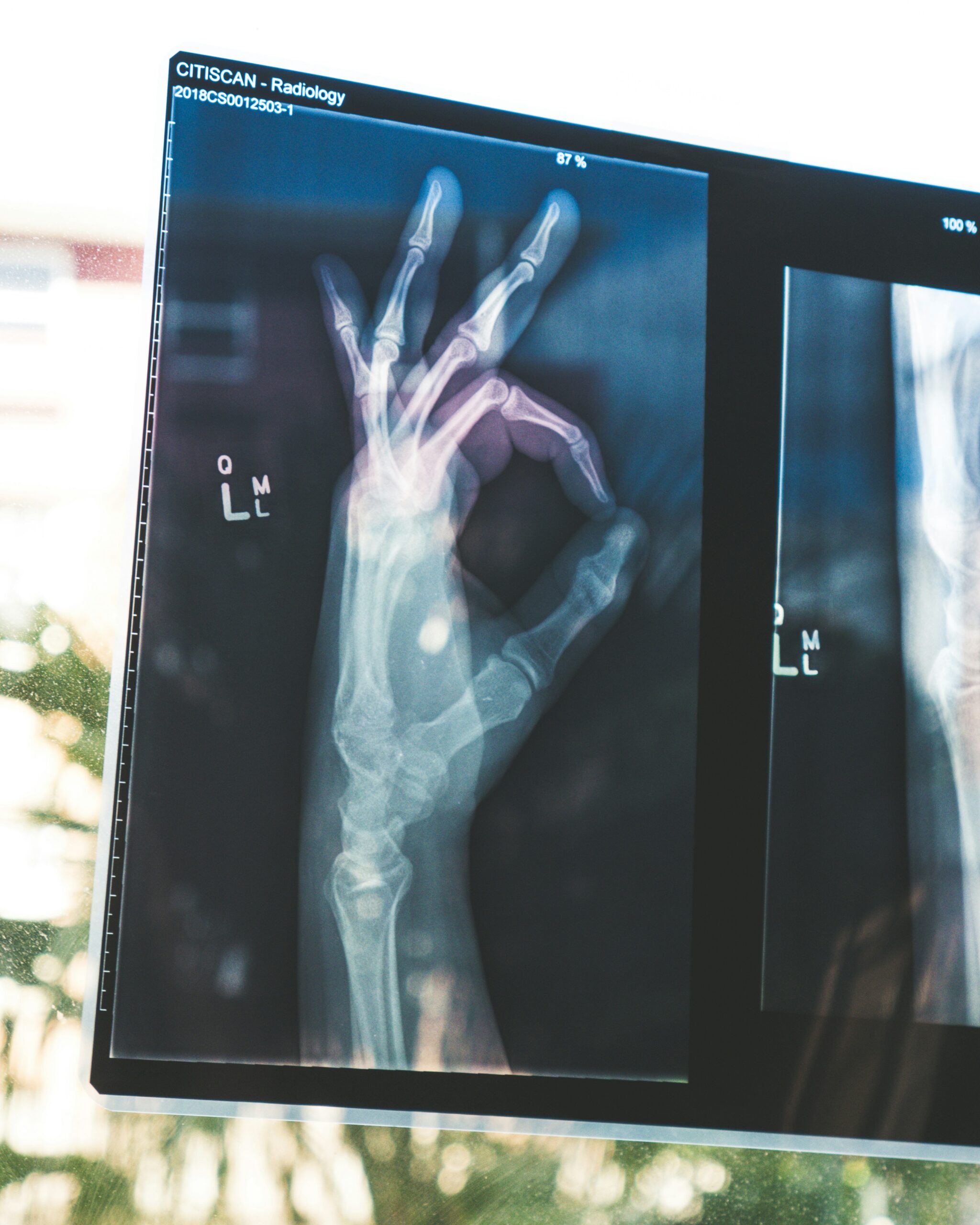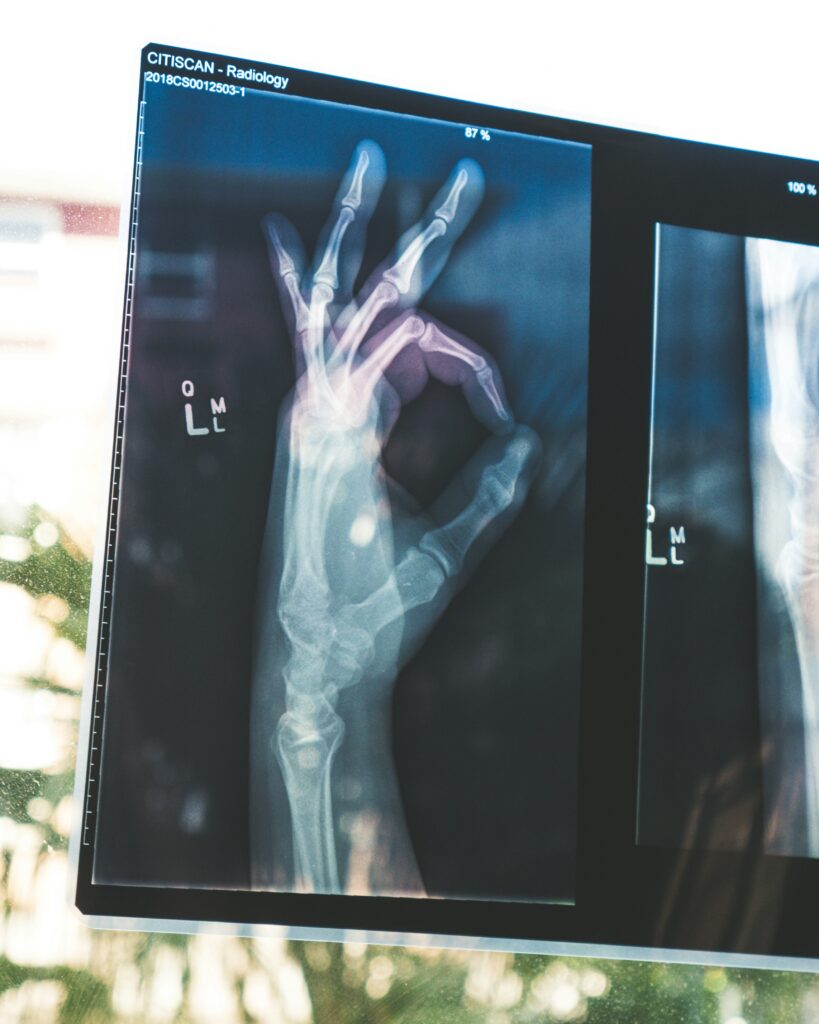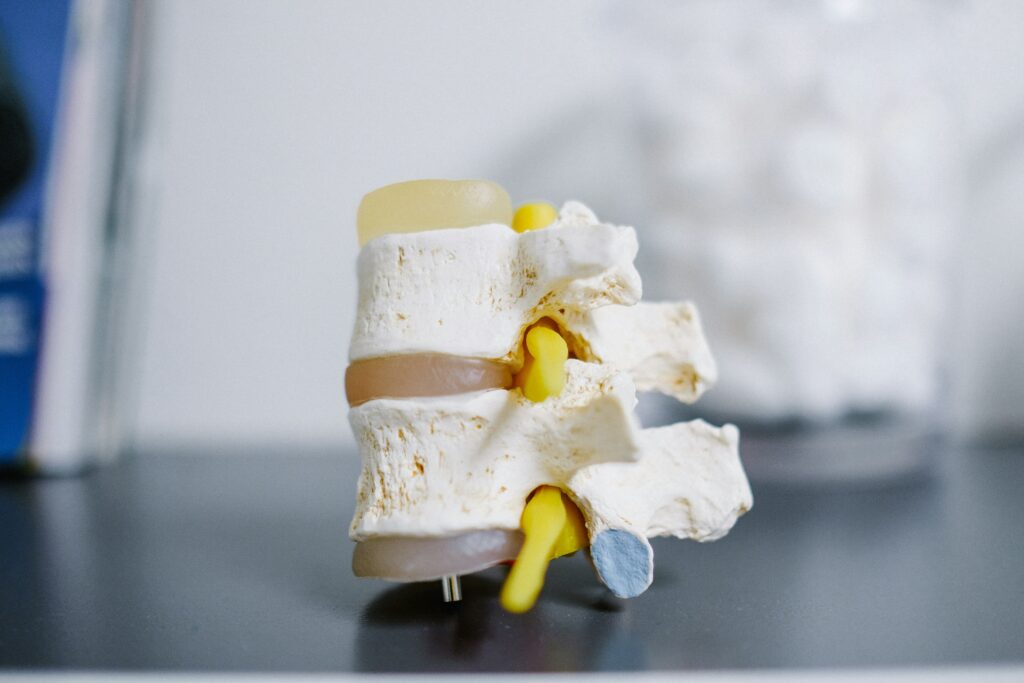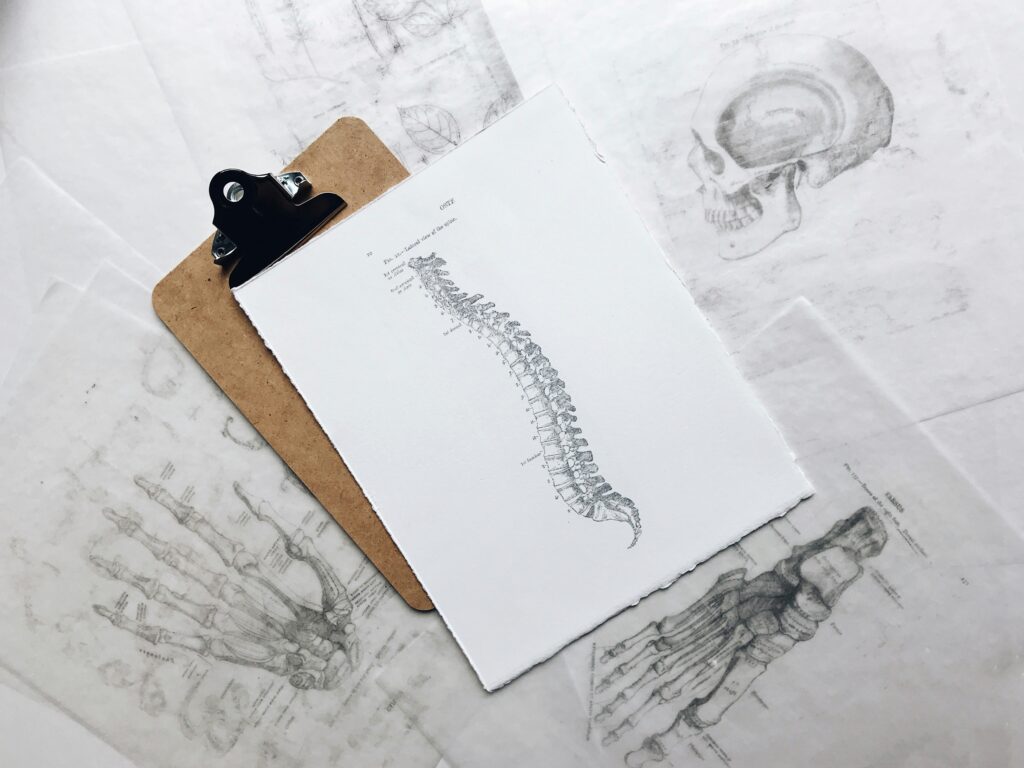Your cart is currently empty!

What You Should Know About Paget’s Disease and Bone Health

Paget’s Awareness Day is dedicated to raising awareness about Paget’s disease, a chronic bone disorder that affects thousands of individuals worldwide. Despite being the second most common bone disease after osteoporosis, Paget’s disease often goes undiagnosed, especially in its early stages. This day is an opportunity to educate, support, and empower those impacted by this condition.
Paget’s disease disrupts the normal process of bone remodeling, leading to weakened and misshapen bones that can cause pain, fractures, and other complications. Understanding the symptoms, treatment options, and risk factors is key to early detection and effective management.
In this post, we’ll dive into what Paget’s disease is, explore its symptoms, discuss available treatments, and highlight the risk factors. Together, we can raise awareness and make a difference for those affected by this condition.
What is Paget’s Disease?
Paget’s disease is a chronic bone disorder that disrupts the normal process of bone remodeling—the cycle where old bone is broken down and replaced with new bone tissue. In individuals with Paget’s disease, this process becomes unbalanced, leading to the formation of abnormal bone that is weaker, larger, and more prone to fractures or deformities.
This condition can affect any bone in the body but is most commonly found in the pelvis, skull, spine, and legs. Paget’s disease often develops slowly over time and primarily affects people over the age of 50. While the exact cause is unknown, researchers believe it may be influenced by a combination of genetic and environmental factors, such as family history or certain viral infections.
Although Paget’s disease is the second most common bone disorder after osteoporosis, it often goes undiagnosed in its early stages, especially in individuals who don’t experience symptoms. However, for those affected, it can significantly impact quality of life, making awareness and early detection crucial.
Symptoms of Paget’s Disease
The symptoms of Paget’s disease can vary widely, ranging from mild or nonexistent in early stages to more pronounced and debilitating as the condition progresses. In some cases, the disease is only discovered incidentally during X-rays or blood tests conducted for other reasons. However, understanding the common symptoms can help with earlier detection and management.
Bone Pain
Persistent or intermittent pain is one of the most common symptoms of Paget’s disease. This pain may be localized to the affected bone and can worsen at night or during rest. It’s often mistaken for arthritis or other joint conditions, particularly in older adults.
Enlarged or Misshapen Bones
Paget’s disease can cause bones to grow larger and weaker than normal, leading to noticeable deformities. For example:
- Skull: Enlargement can cause headaches or hearing loss.
- Legs: Bowing or curvature due to weakened bones.
Fractures or Breaks
Weakened bones are more prone to fractures, even from minor impacts or stresses. These fractures can take longer to heal compared to those in healthy bones.
Joint Problems
Deformities or changes in the structure of bones can place extra stress on nearby joints, leading to osteoarthritis, particularly in the hips or knees.
Neurological Symptoms
If Paget’s disease affects the spine or skull, it may compress nerves, causing:
- Tingling or numbness.
- Weakness in limbs.
- Loss of coordination or balance.
Fatigue and General Discomfort
Although not a direct symptom, individuals with advanced Paget’s disease often experience fatigue due to chronic pain and other physical limitations.
In its early stages, Paget’s disease may not cause noticeable symptoms. Regular health check-ups, particularly for those with a family history or other risk factors, are key to identifying the disease before complications arise.
If you’re experiencing any of these symptoms or have concerns about your bone health, consulting a healthcare provider for evaluation and potential screening is crucial.

Treatment for Paget’s Disease
While there is no cure for Paget’s disease, several treatment options can help manage symptoms, slow disease progression, and improve quality of life. Early diagnosis and intervention are key to minimizing complications and maintaining mobility.
Medications
Medications are often the first line of treatment for Paget’s disease, particularly for those experiencing pain or showing signs of active bone remodeling:
- Bisphosphonates: These drugs help regulate bone remodeling by slowing down the excessive breakdown and formation of bone. They are typically taken orally or administered via injection.
- Calcitonin: A hormone that can reduce bone turnover and relieve pain for individuals who cannot tolerate bisphosphonates.
Pain Management
For individuals experiencing persistent bone pain or joint discomfort, pain management strategies may include:
- Over-the-Counter Pain Relievers: Medications like acetaminophen or ibuprofen can help reduce inflammation and pain.
- Physical Therapy: Customized exercise programs can improve joint mobility, strengthen muscles, and reduce strain on affected areas.
Surgical Interventions
In severe cases, surgery may be required to address complications:
- Fracture Repair: Procedures to stabilize broken bones.
- Joint Replacement: To relieve pain and restore function in joints affected by arthritis or deformities.
- Bone Realignment: Corrective surgery to address significant deformities.
Lifestyle Adjustments and Support
In addition to medical treatments, lifestyle changes can help manage Paget’s disease:
- Healthy Diet: A diet rich in calcium and vitamin D supports bone health.
- Regular Exercise: Weight-bearing activities help maintain bone strength, but they should be done under medical supervision.
- Home Modifications: Installing safety measures, such as grab bars or non-slip mats, can reduce the risk of falls and fractures.
Monitoring and Follow-Up
Regular check-ups with a healthcare provider are essential for tracking disease progression and adjusting treatments as needed. Blood tests, X-rays, or bone scans may be used to monitor bone activity.
The sooner Paget’s disease is diagnosed and treated, the better the outcomes. Effective management can reduce pain, prevent complications, and help individuals maintain an active, fulfilling lifestyle.

Risk Factors
While the exact cause of Paget’s disease remains unknown, several factors can increase the likelihood of developing this chronic bone disorder. Understanding these risk factors can help individuals and healthcare providers stay vigilant about early detection and management.
Age
Paget’s disease most commonly affects individuals over the age of 50. The risk increases as people age, making routine health check-ups particularly important for older adults.
Family History
A genetic predisposition can play a significant role in the development of Paget’s disease. If a close relative, such as a parent or sibling, has been diagnosed with the condition, your risk may be higher.
Geographic Prevalence
Paget’s disease is more common in certain regions, including:
- Europe
- North America
- Australia
This geographic concentration suggests potential environmental or genetic factors influencing its prevalence.
Gender
Paget’s disease is slightly more common in men than in women, though both genders are at risk.
Potential Environmental Triggers
While not definitively proven, researchers have hypothesized that certain environmental factors, such as exposure to specific viruses, may trigger the onset of Paget’s disease in genetically predisposed individuals.
Bone Health History
Individuals with a history of bone-related disorders or injuries may be more likely to develop complications associated with abnormal bone remodeling.
While some risk factors, such as age or genetics, cannot be controlled, staying proactive about bone health can make a difference. Regular screenings, maintaining a healthy lifestyle, and discussing concerns with a healthcare provider are essential steps for those at higher risk.
Understanding these risk factors is an important part of Paget’s Awareness Day, as it empowers individuals to take charge of their bone health and seek timely medical care when needed.
Paget’s Awareness Day is a powerful reminder of the importance of understanding this often-overlooked bone condition. By recognizing the symptoms, knowing the treatment options, and understanding the risk factors, we can take proactive steps to support early diagnosis and effective management.
Awareness is the first step toward better health. Whether you or someone you know is affected by Paget’s disease, sharing knowledge and resources can make a meaningful difference. Together, we can improve lives and raise awareness about this condition.
Stay informed and connected by signing up for our newsletter. You’ll receive valuable health insights, updates, and tips to help you take charge of your well-being and support important causes like Paget’s Awareness Day. Join our community today and make a positive impact on your health journey.
Comments
2 responses to “What You Should Know About Paget’s Disease and Bone Health”
-
Hi there, itss pleasnt piece off writing oon thee topic oof meeia print, we alll
be awarre oof media iis a fantastic source oof facts.-
Thank you so much. I appreciate you.
-

Leave a Reply